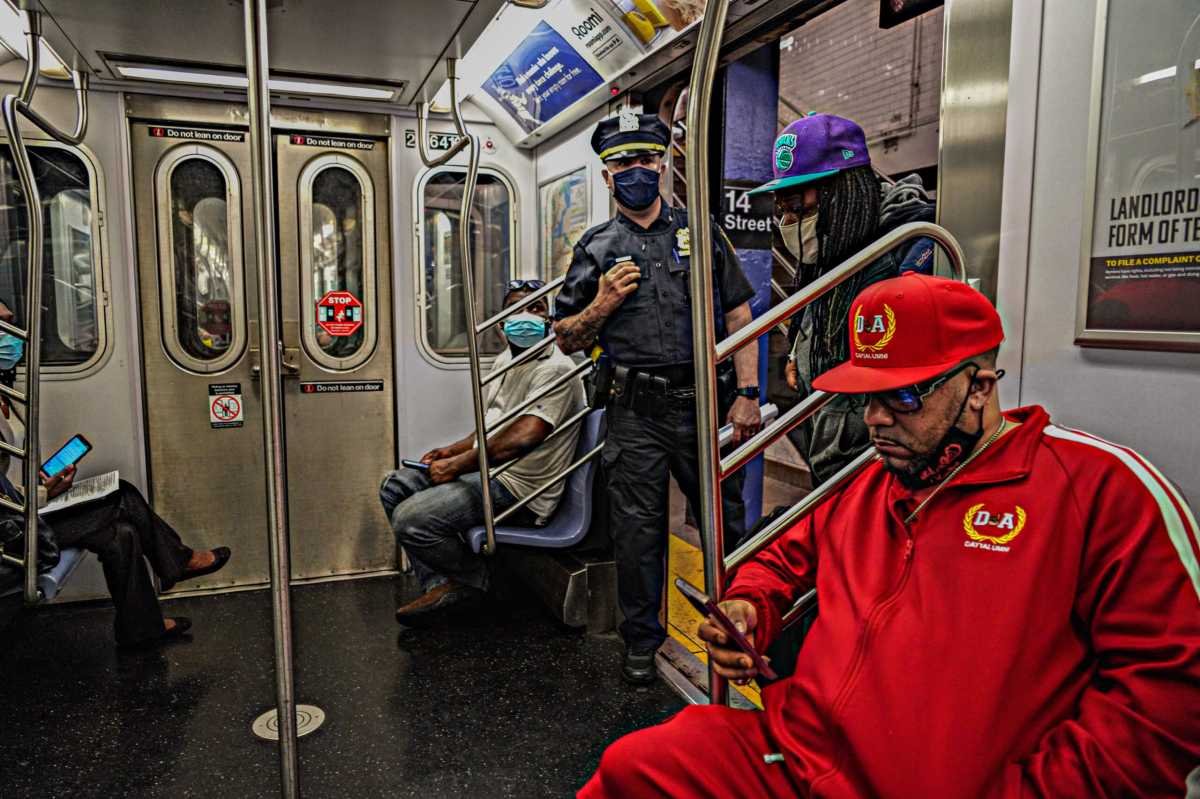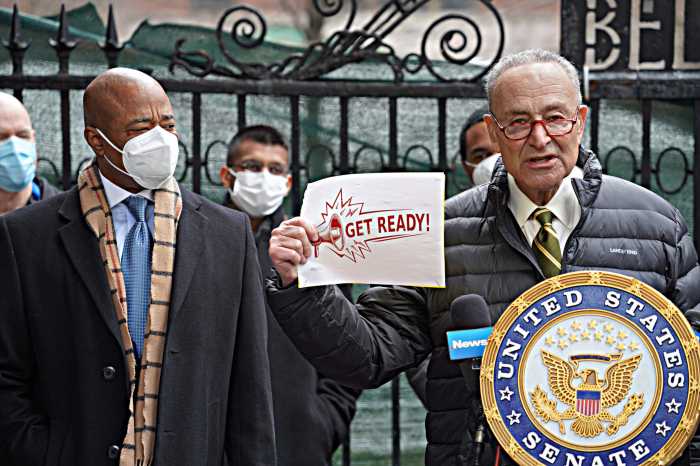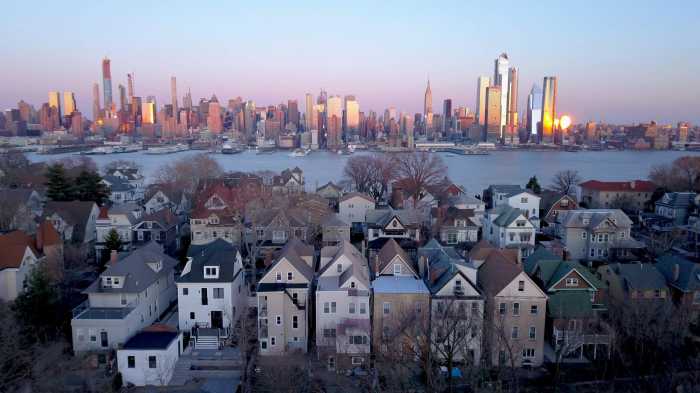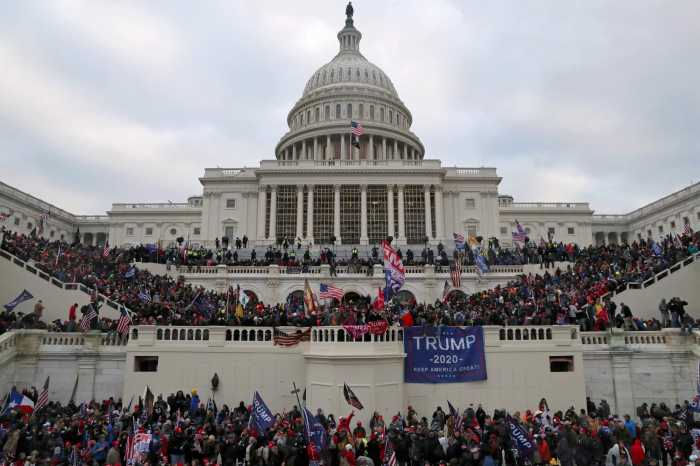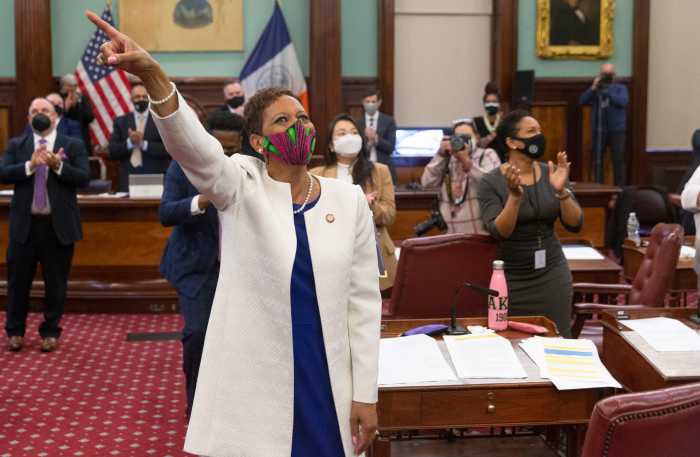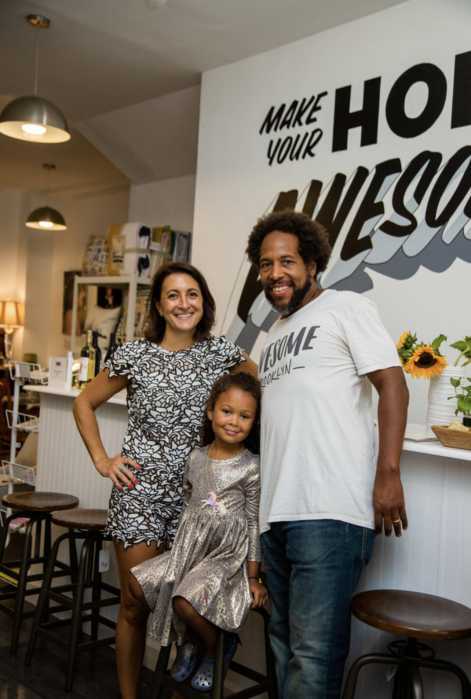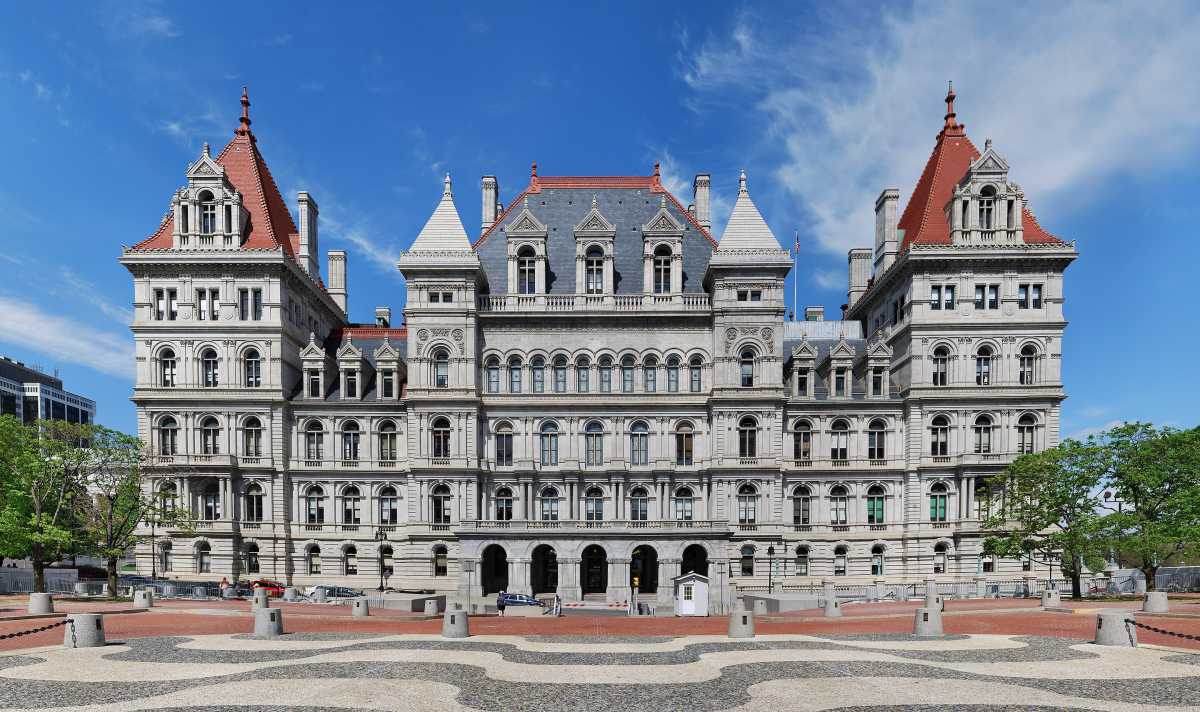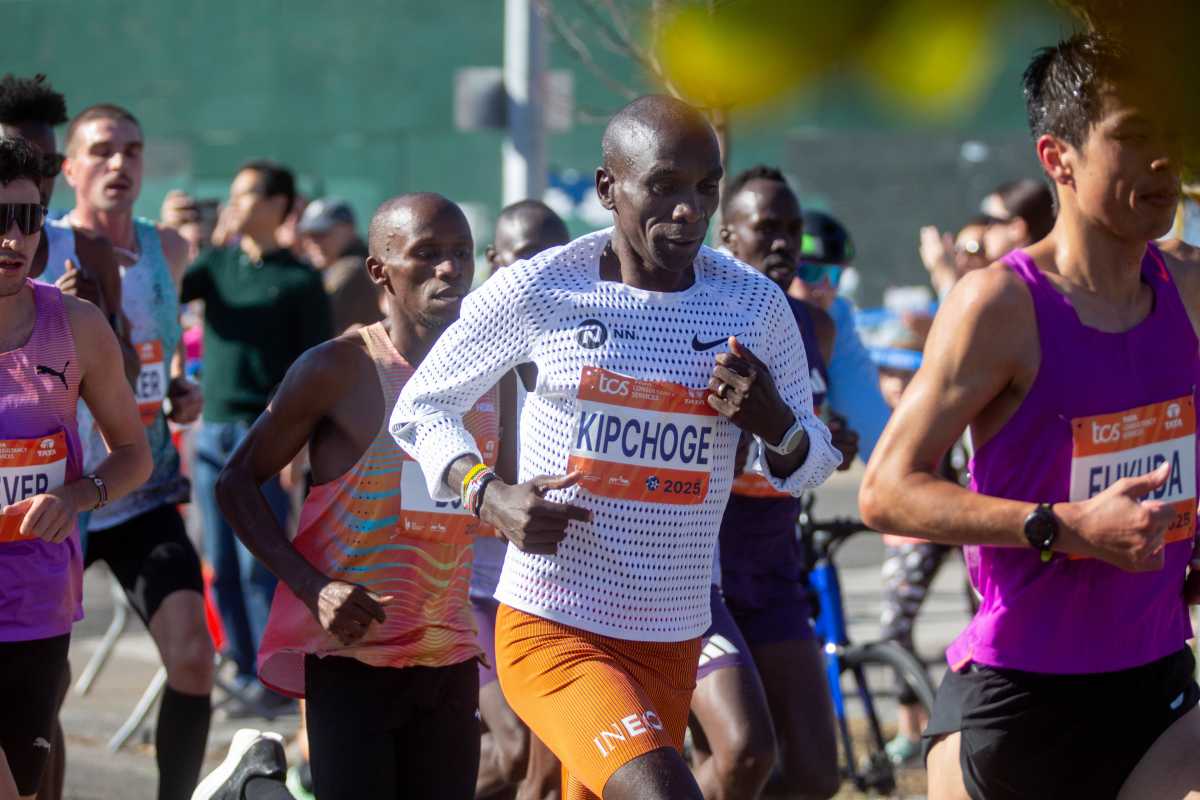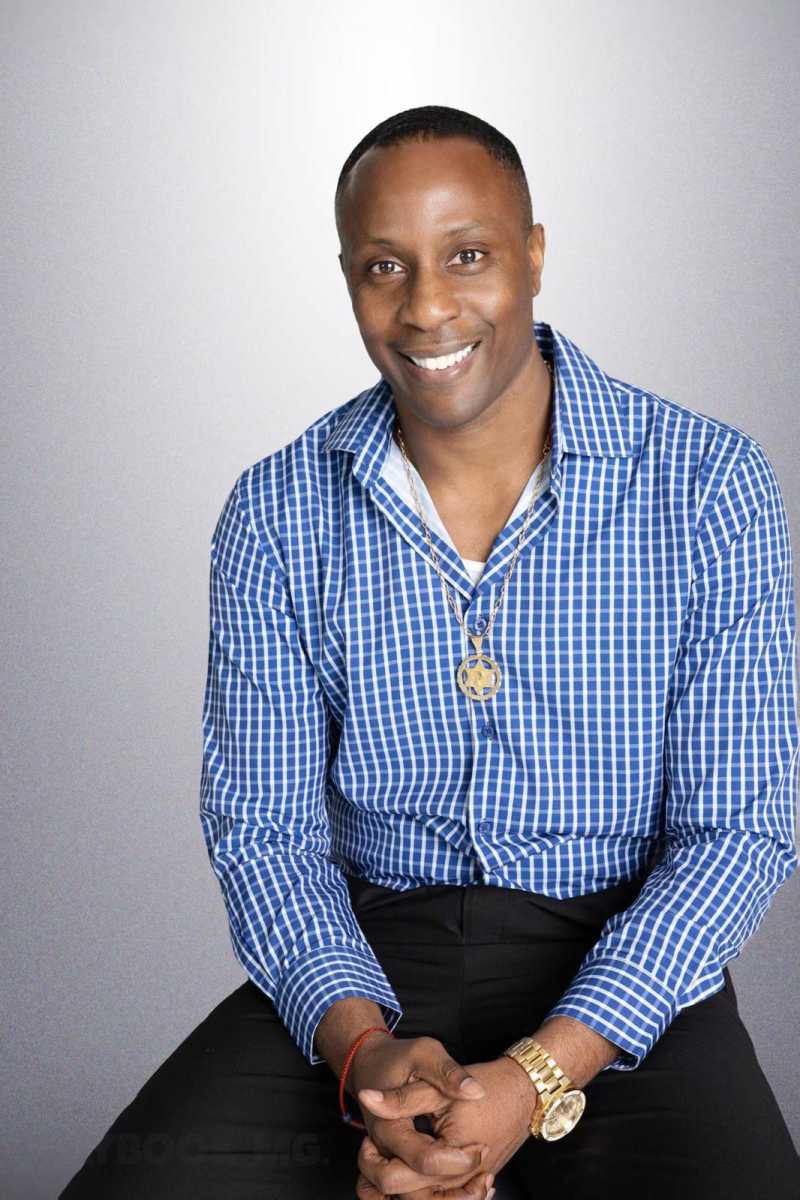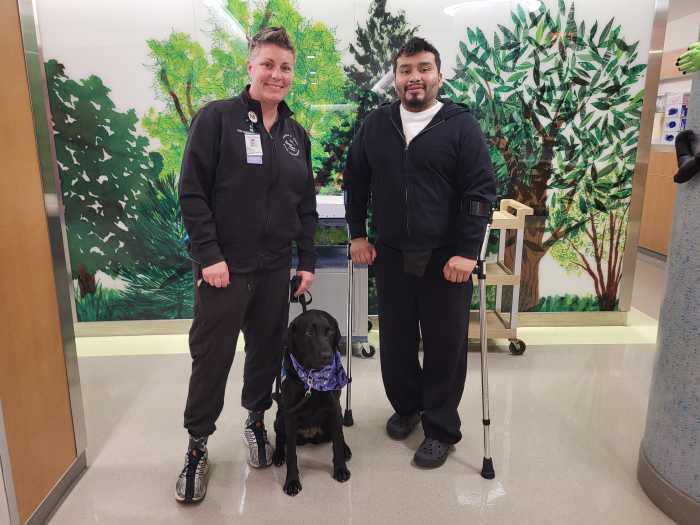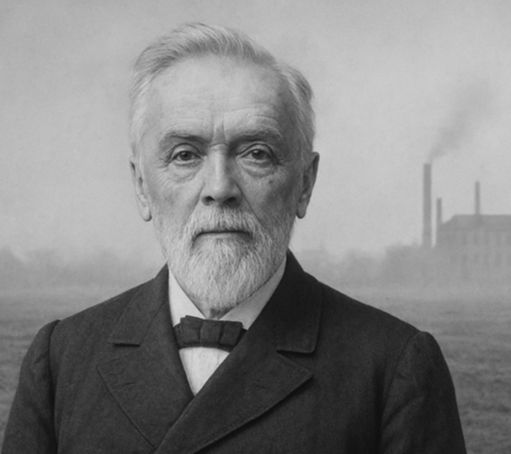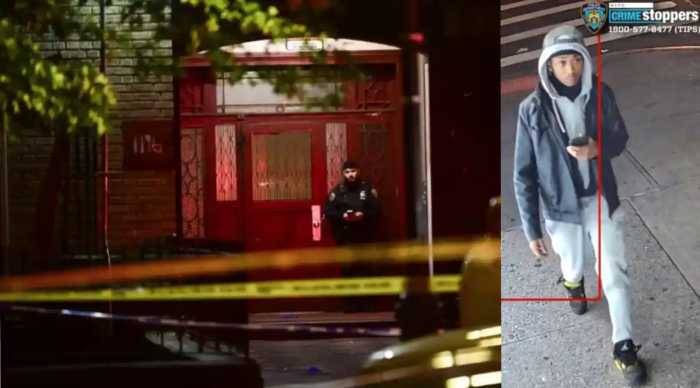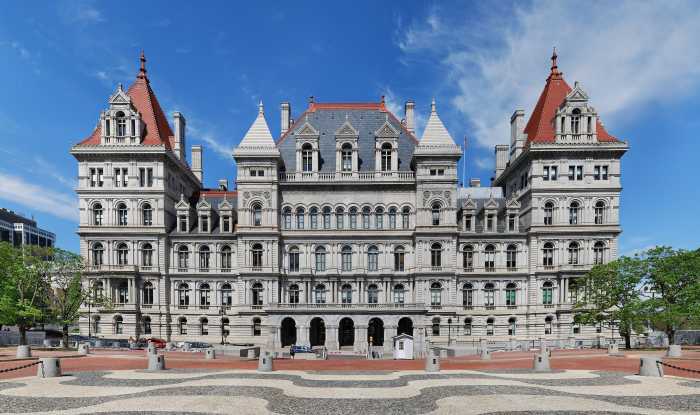The NYPD Transit Bureau will focus on deploying officers on subway trains and platforms to quell New Yorkers’ fear about crime underground following the recent fatal shoving of a rider into a train at Times Square, according to officials.
“What we need now is action now, we need cops on platforms, we need cops on trains. Those are the places that people are feeling vulnerable, and they are vulnerable,” MTA’s Chairperson and CEO Janno Lieber told reporters at the agency’s headquarters Monday.
The MTA and NYPD Transit Bureau officials did not outline any completely new policies Monday, but the bureau’s newly-appointed boss, Chief Jason Wilcox, pledged to “reinforce” presence on trains to make straphangers feel safe, even though crime is historically low in the system.
“We are going to continue to reinforce what transit cops know and do better than anybody: uniform train patrols,” Wilcox told MTA board members during a committee meeting on Jan. 24. “They will be on the trains, they’ll be on the platforms, they will be moving around Saturday night, Monday night, every night, every day.”
“You will see them, they will be there to protect you, they will be there to make you feel safer,” the freshly-minted transit chief added.
The city previously flooded the trains with record-high numbers of Boys in Blue in May 2021 as full 24/7 subway service resumed and after a series of violent incidents underground, including a stabbing spree.
Lieber rejected the idea that Monday’s announcement was a rehash of last year, saying the focus on train was a new strategy.
“There was an addition in the number of cops in the system [in 2021], but the commitment to reinstitute train patrol, as the chief has said, as the centerpiece of the NYPD strategy for how to manage crime and safety in the subway system is a new development from my standpoint, and very welcome, it’s something we’ve been asking for,” the MTA big said.
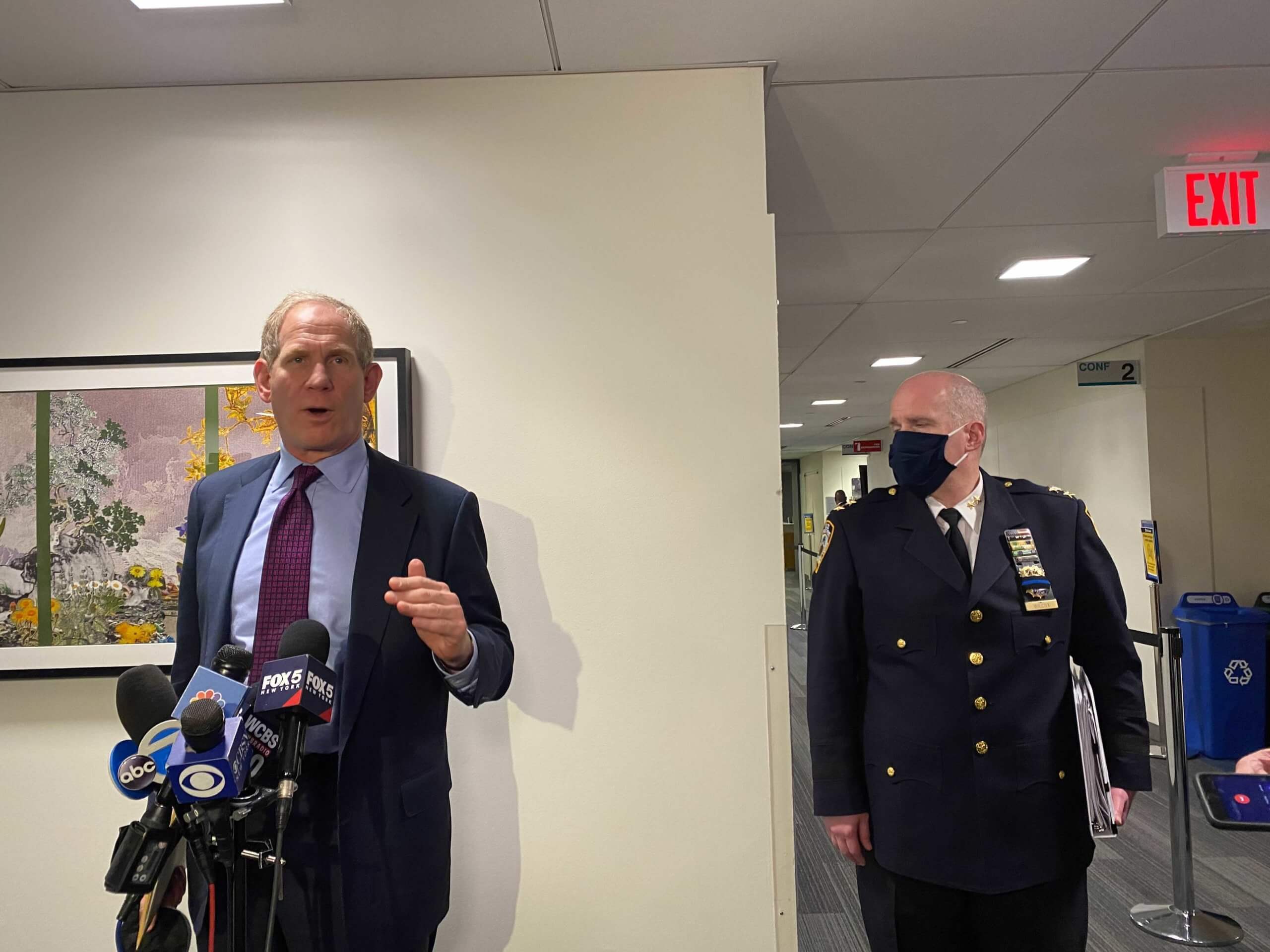
Mayor Eric Adams earlier this month vowed to make police an “omnipresence” in the transit system, adding almost one thousand police officers from precincts to help the Transit Bureau.
A little over a week later, on Jan. 15, a homeless and mentally-ill man shoved Michelle Alyssa Go to her death into an on-coming R train at Times Square, sending shockwaves through the city.
Governor Kathy Hochul has also promised to roll-out new teams of state-funded outreach workers, starting with about 20 this week and a goal of up to 200 by the end of the year.
According to NYPD statistics provided to the MTA board for the full year of 2021, the six major felonies were up slightly, by 1.1%, compared to 2020.
Murder was up to eight from six the year before, as were rapes with eight compared to seven in 2020, and felony assaults up to 461 in 2021 from 361 the year prior.
Those figures are among the highest the transit system has seen since 1997, the Daily News reported.
However, other categories of major crimes like robbery, burglary, and grand larcenies were all down.
Wilcox noted that while there was a rise in major crimes overall, it coincided with more riders returning to the system in 2021 than earlier in the pandemic in 2020, and he said that there actually has been a decrease in crimes compared to pre-pandemic years.
“When you’re look at the major crimes number from last year and you compare it back to 2019, 2018, you’re really looking at about a 30% reduction in major crime,” Wilcox said.
Daily subway ridership was still down 54.3% on average across all of 2021 compared to 2019 levels, according to an amNewYork review of MTA data.
Longer-term figures show a steady decline over the past decade, with 4.87 major felonies per day in 2021, compared to 6.85 in 2019, board documents show.
Both figures are a fraction of crimes decades ago, such as 1997, when there were more than 17 major felonies per day on average in transit.
Wilcox’s predecessor Kathleen O’Reilly told the board in December that transit crimes made up only 1.7% of crimes citywide, but the new transit police chief said his office would still work to tackle fear among riders.
“[There] is the statistical reality and then there’s the perception, so we are going to address both,” the top cop told the board. “We are determined — determined — to make the riders of the subways in New York City feel safer, that is paramount.”



